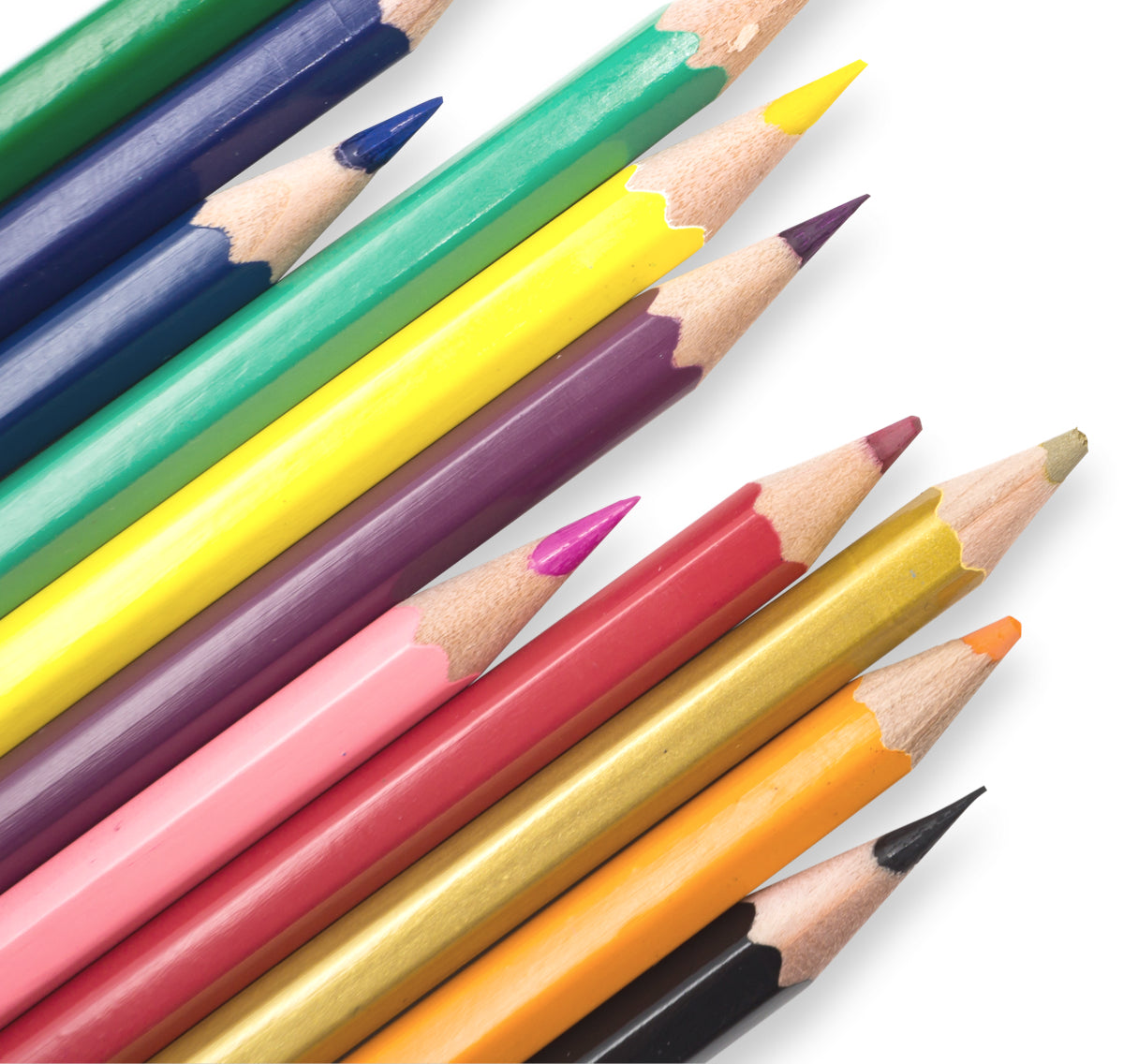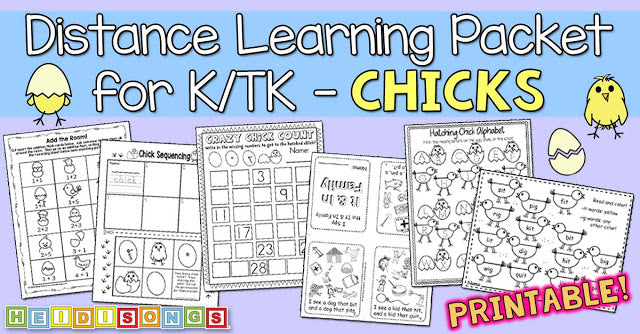
In this post, I am going to explain how I teach phonics using HeidiSongs materials, specifically the Sounds Fun Phonics program that I created. “Sounds Fun Phonics” is a supplemental multi-sensory phonics program designed for musical, active learners in Kindergarten, first, and second grade. I designed it to compliment any existing phonics program that you already use, and is especially great for kids with ADHD, ADD, or learning disabilities of various kinds. Recently, a friend of mine asked me if I could explain exactly how to use the complete program, so I thought it might make a good blog post! Keep reading to find out more!
Question:
“Hi Heidi. I was wondering if you could tell me exactly how you introduce and use the Sounds Fun Phonics. I have used it for several years but just wanted to make sure that I am doing it correctly. Hope your year is going well with a new grade level.”
Answer:
Great question! Sounds like it’s time for new blog post on it to pull it all together. 

Getting Started
You should start by introducing the Sounds Fun Flash Cards with the motions. The motions are shown below, and are also integrated into the movies on the DVD. I know that lots of teachers use the DVD’s without the cards, but I am absolutely POSITIVE that the children will learn more quickly and do better if you introduce the sounds on the cards first, and keep circling back to them often until they get them.

I did them every day in Kindergarten (or as close to it as I could) until my class knew all of the sounds. And now in my first/second grade combination class, I did them every day for the first two weeks with all of my kids. I know my first graders still definitely need them, and I am trying to figure out when is the best time of day to do that. We are still going over them twice a week for sure.

Practicing Effectively with the Sounds Fun Cards
Each time you show a card, be sure to say the letter chunk out loud, especially at first. So rather than just holding up the card, say, “OO says /oo/ like a monkey.” Then the kids do the movement and the sound for each card. We practice that way with ALL of the cards each day until the kids have them memorized.
Introducing the Music
Once the cards and sounds have been introduced, I pick the sounds I want to focus on and start playing those songs first. So if we are focusing on the digraph “sh,” then I will definitely play that song several times, making sure that the kids understand the lyrics. Sometimes I play the song once through, and then I stop the DVD and go back and review with them what the motions and words are, have them repeat the lyrics back to me.
After that, I play the song a few times through using the repeat function. Often after that, the kids want me to let the DVD play on to the next few songs, so I do. It won’t harm them to see the next songs coming! But I don’t stop to teach them the lyrics or motions from those other songs that we are not focusing on. They just enjoy the songs and start picking them up on their own.
We continue to focus on new sounds and learn the new songs more carefully as we go along, but more often than not, the kids have already got them figured out by the time I get to that point! Sometimes, they will spot the Sounds Fun Poster on the wall and will ask me to play the song for a certain character. (The poster has all of the sounds and characters from the cards on it, but in a condensed format.)
Practicing Reading Words with the Letter Chunks
If you watch one song playing on the DVD, you may notice that there are example words cycling through for the kids to read in the top left corner of each song. A great way to use these for reading practice is to mute the DVD and let the kids read the words to you. Those are the same words that are in the Sounds Fun Phonics Workbooks for each unit. My first and second graders will definitely be using these printable worksheets this year!

So the words that appear in the “Ay/Ai” song are also on the worksheets for those units. (There is a separate unit for each spelling pattern.) I find this correlation EXTREMELY helpful in getting kids to practice reading the words with help, and then practice independently. It really forms a great bridge that helps some of the kids that struggle.
Sorting and Matching Word and Picture Cards
There are also flashcards with pictures for the kids to match up and sort, too. It’s always those same words that appear on the DVD. Plus, there are very small postage stamp sized flash cards for the kids to take home for each unit. It just takes one page per child for all of the flash cards for each unit.
Word Work Activities with Built-In Support
The Sounds Fun Word Building Kit is AMAZING for helping those kids that have trouble grouping letters in chunks when they sound them out. I have a child this year that needs this, and I’m going to pull it out for her, because she sees everything as a single letter. I’m hoping that this will help break her of that habit!

The Sounds Fun Word Building Kit is like a printed set of little Sounds Fun cards with all of the other letters formatted so that they will all line up with laid out side by side. Everything is printable in black and white so that kids can build words with them without it costing you a fortune. The picture prompts on the chunks help them “cheat” to sound out the word, if you know what I mean! Check out the picture below to see what I mean, and see this post for more information.

To help kids get past this, I used to have them find and highlight the chunks in printed reading passages (or even just lists of words). Having them do this before starting to read can help kids sound out words more fluently while reading, thereby easing the comprehension process, since less brain power is devoted to decoding the words. The photo below shows this done with highlighter tape on a pocket chart which is how I introduced it, but the children did it most often on paper. Check out this post for more info.

More Fun Reinforcement
We have a Sounds Fun Bingo game, and a Sounds Fun Bang! game to help practice the chunks in a fun way. My first and second graders LOVE the Bingo game! Yes, with only six spaces on the cards it does go fast, but we just keep playing until everyone gets a bingo. The first person to win gets to choose the color of magnetic wand to scoop up their chips. Oh, BOY!


I haven’t had a chance to play the Bang game yet, but I’m hoping we will be able to soon. I need to find a way to play it whole group, and that will help. I’m going to print out more of the bingo cards so that we can ALL play at once for sure. I know that they will be excited! We won’t have enough magnetic wands, but we’ll use other magnets instead.

I hope this post was helpful! 
Heidi
———————————-
Follow me! Did you enjoy this post? Do me a favor and share it with your friends! And follow this blog by signing up for my email updates, or follow on Bloglovin’, or follow me on TPT! I’m also on Pinterest, Facebook, Twitter, Instagram, Google+ and YouTube, too! Don’t forget to sign up for our email newsletter (on the left sidebar) for special deals and promo codes that you won’t find out about anywhere else.
















